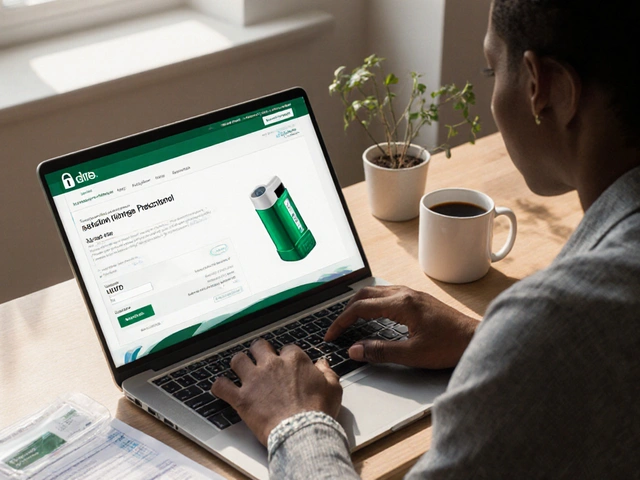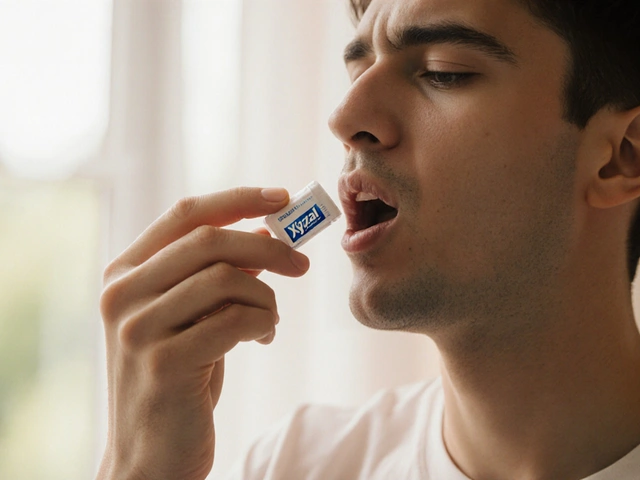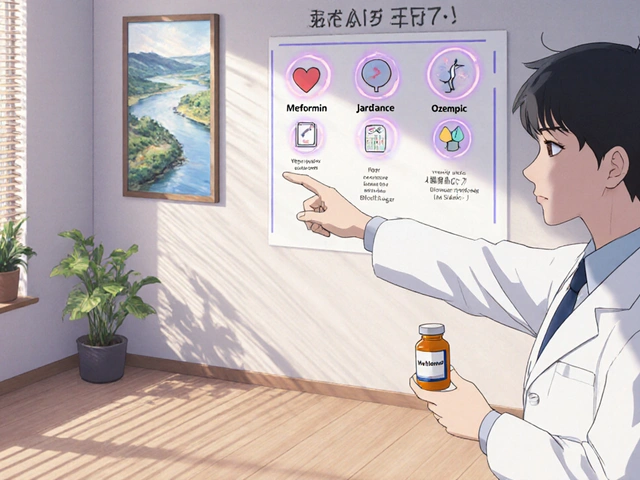Blood Sugar Basics: How to Keep Your Glucose Levels Stable
If you’ve ever wondered why doctors keep asking about your "blood sugar," you’re not alone. Blood sugar, or glucose, is the fuel your body uses for energy. When it’s too high or too low, you can feel sluggish, thirsty, or even get sick. Understanding the basics helps you make smarter choices without needing a medical degree.
Why Blood Sugar Matters
Every bite you eat turns into glucose, which then enters your bloodstream. Your pancreas releases insulin, a hormone that moves glucose into cells where it’s used for energy. If insulin can’t do its job, glucose stays in the blood and you end up with high blood sugar – the hallmark of diabetes. Even if you don’t have diabetes, repeated spikes can lead to weight gain, fatigue, and long‑term heart problems.
People often think only sugary drinks cause trouble, but carbs, fruits, and even some veggies raise blood sugar too. The key is how fast those foods release glucose. Fast‑acting carbs cause quick spikes, while fiber‑rich foods give a slower, steadier rise.
Practical Tips to Keep Blood Sugar Stable
1. Spread your meals. Instead of three big meals, aim for five smaller ones spread throughout the day. This prevents big ups and downs.
2. Pair carbs with protein or healthy fat. A piece of fruit with a handful of nuts, or whole‑grain toast with avocado, slows glucose absorption.
3. Watch portion sizes. Even healthy foods can raise blood sugar if you eat too much. Use your hand as a guide – a palm‑size portion of carbs is a good start.
4. Stay active. A short walk after meals helps muscles use glucose, lowering the post‑meal spike. You don’t need a gym; 10‑minute strolls work.
5. Hydrate with water. Sugary drinks dump a lot of glucose at once. Replace sodas or sweet tea with plain water, sparkling water, or unsweetened tea.
6. Limit processed snacks. Chips, crackers, and candy often contain hidden sugars and refined carbs that spike blood sugar fast.
7. Get enough sleep. Poor sleep messes with hormone balance, making insulin less effective. Aim for 7‑9 hours a night.
8. Know your stress triggers. Stress releases cortisol, which can raise blood sugar. Simple breathing exercises or a quick hobby break can keep stress in check.
9. Check your numbers. If you have a glucometer, test a few times a week to see how foods and activities affect you. Even without a device, paying attention to how you feel after meals is valuable.
10. Consider fiber supplements. If you struggle to get enough fiber from food, a small spoonful of powdered psyllium can help slow glucose absorption.
Remember, you don’t need to overhaul your diet overnight. Pick one tip, try it for a week, and add another. Small changes add up to big results for your blood sugar and overall health.
Keeping blood sugar in a healthy range isn’t about strict dieting; it’s about smarter everyday choices. By understanding how food, activity, and habits affect glucose, you empower yourself to feel better every day.

Escitalopram and Blood Sugar: Unraveling the Link with Sugar Cravings
- By : Archer Hamilton
- Date : May 21 2025
Does escitalopram (Lexapro) mess with your blood sugar and spark cravings for sweets and carbs? This article dives into the latest small studies and reviews, exploring how SSRIs might nudge your glucose levels and influence what you reach for in the fridge. Expect real data, clear tips, and some surprise links between your mood meds and what’s on your plate.





